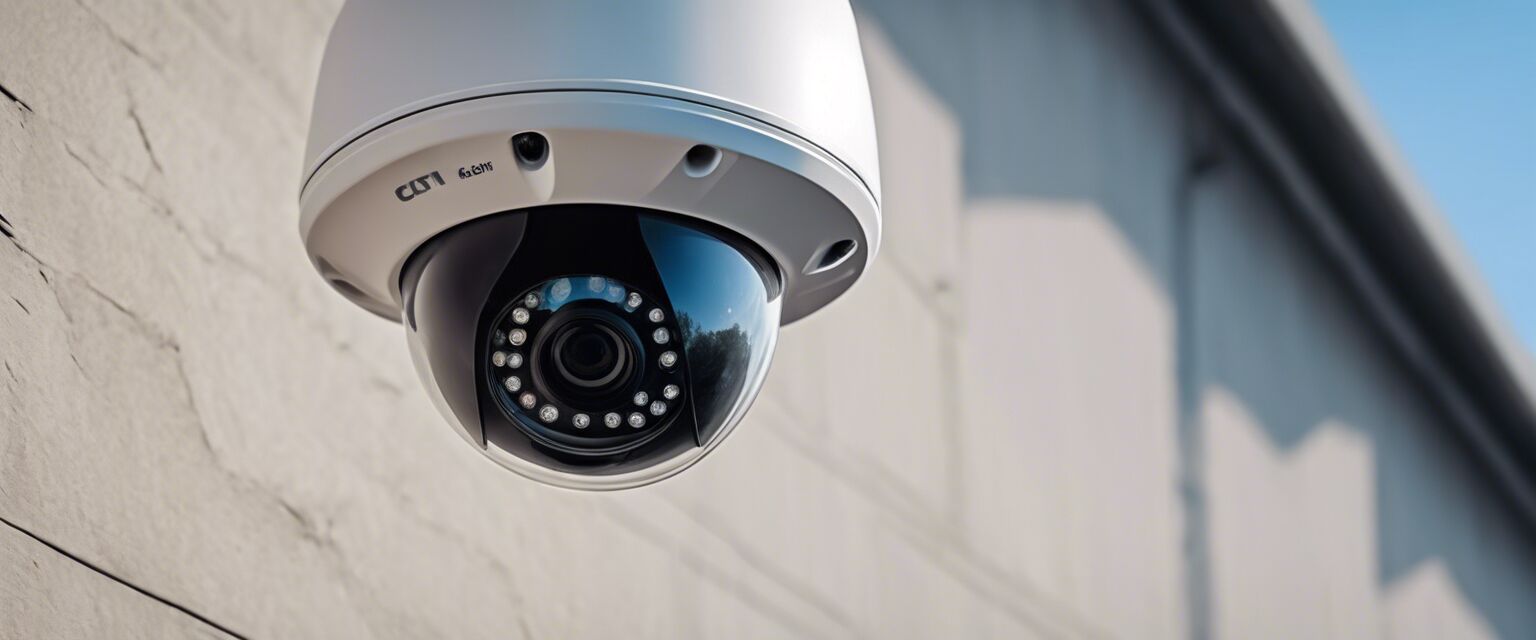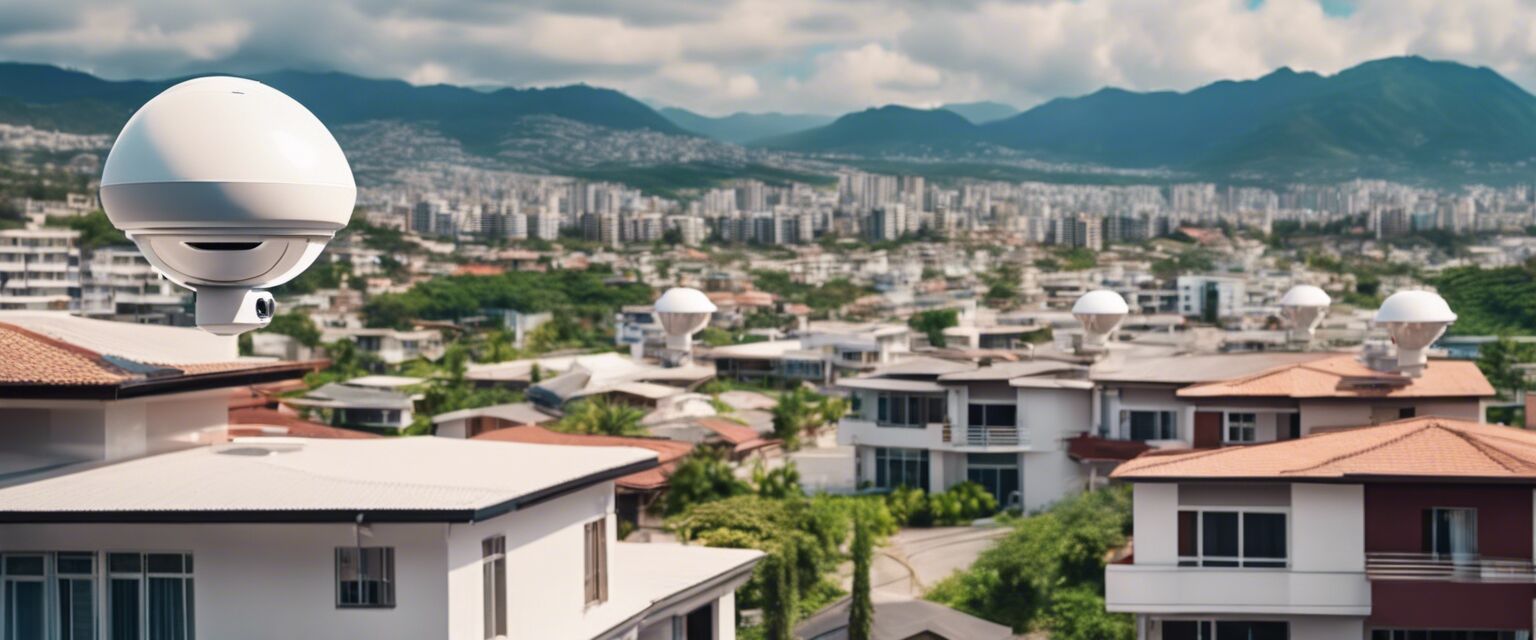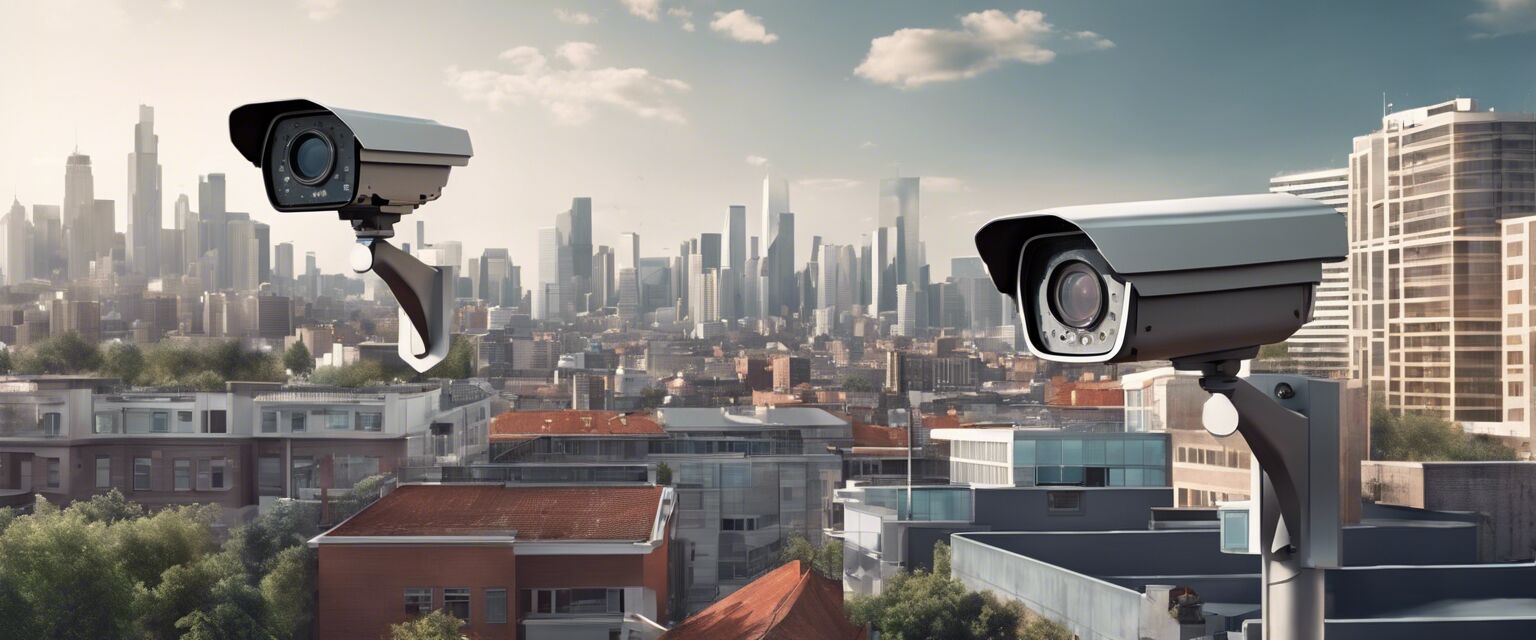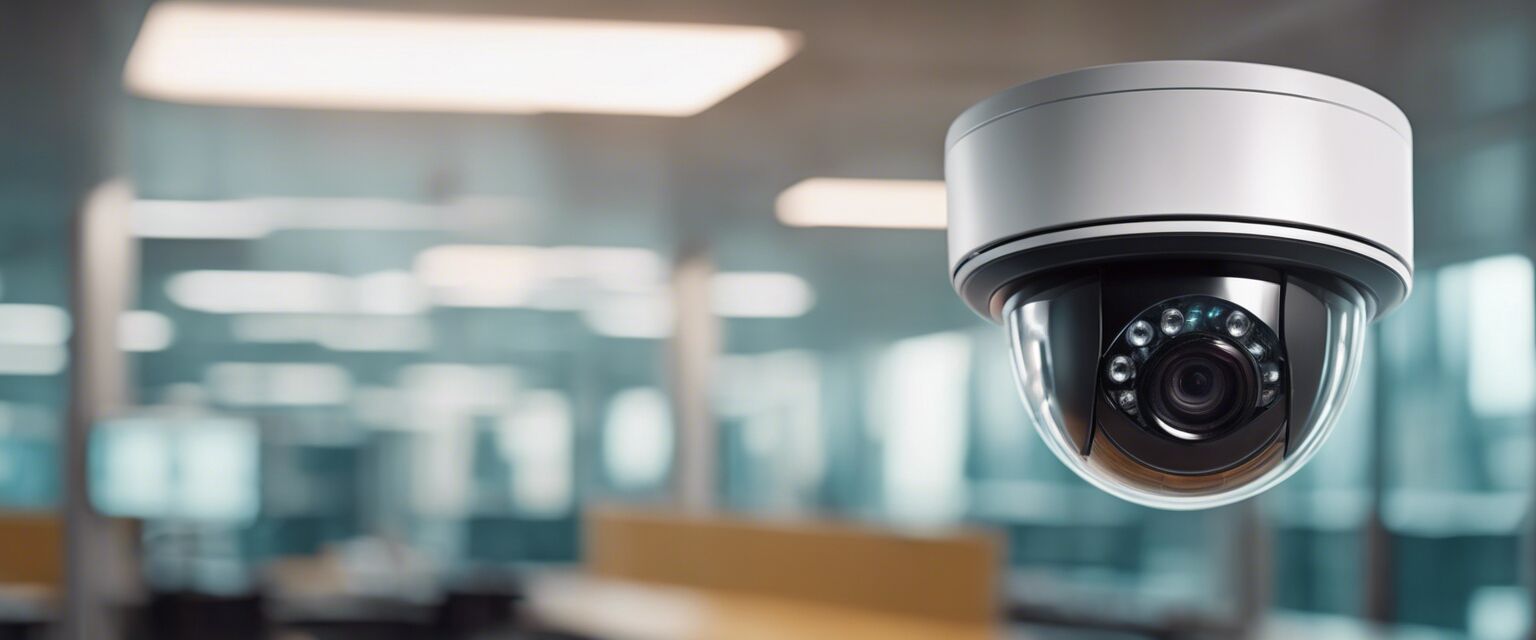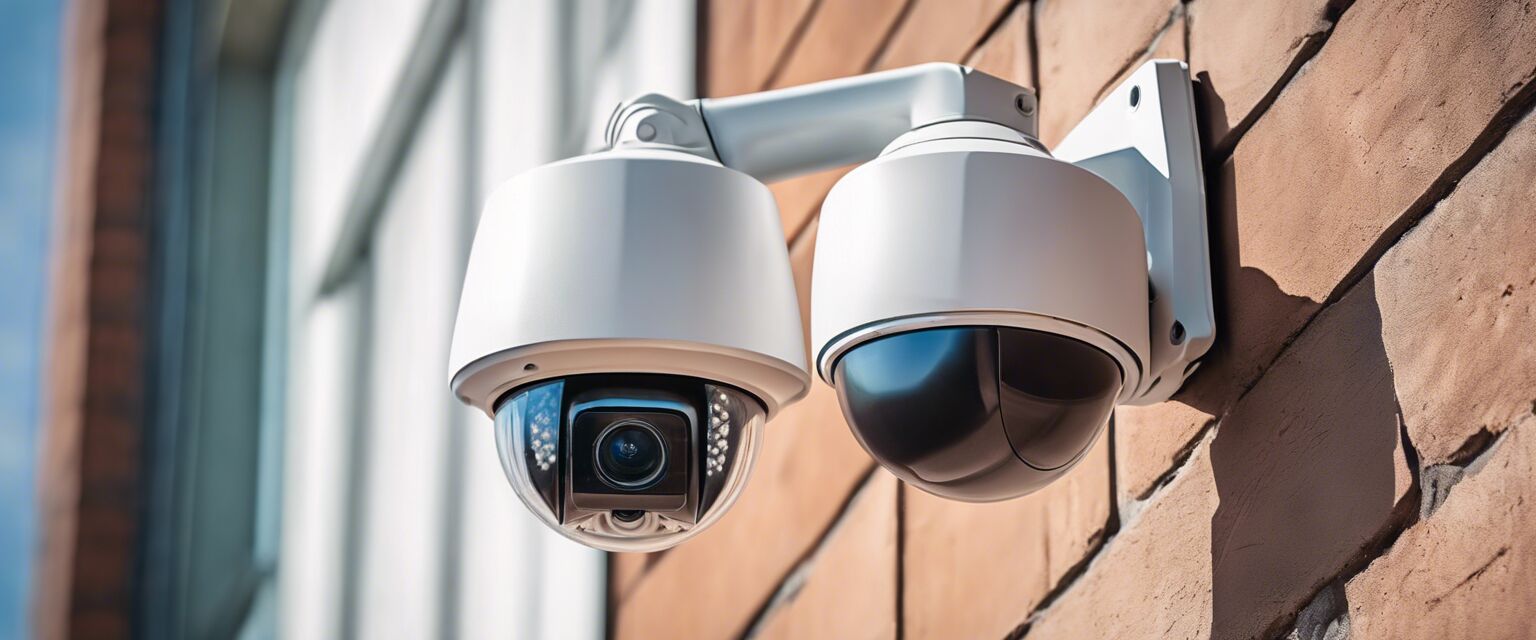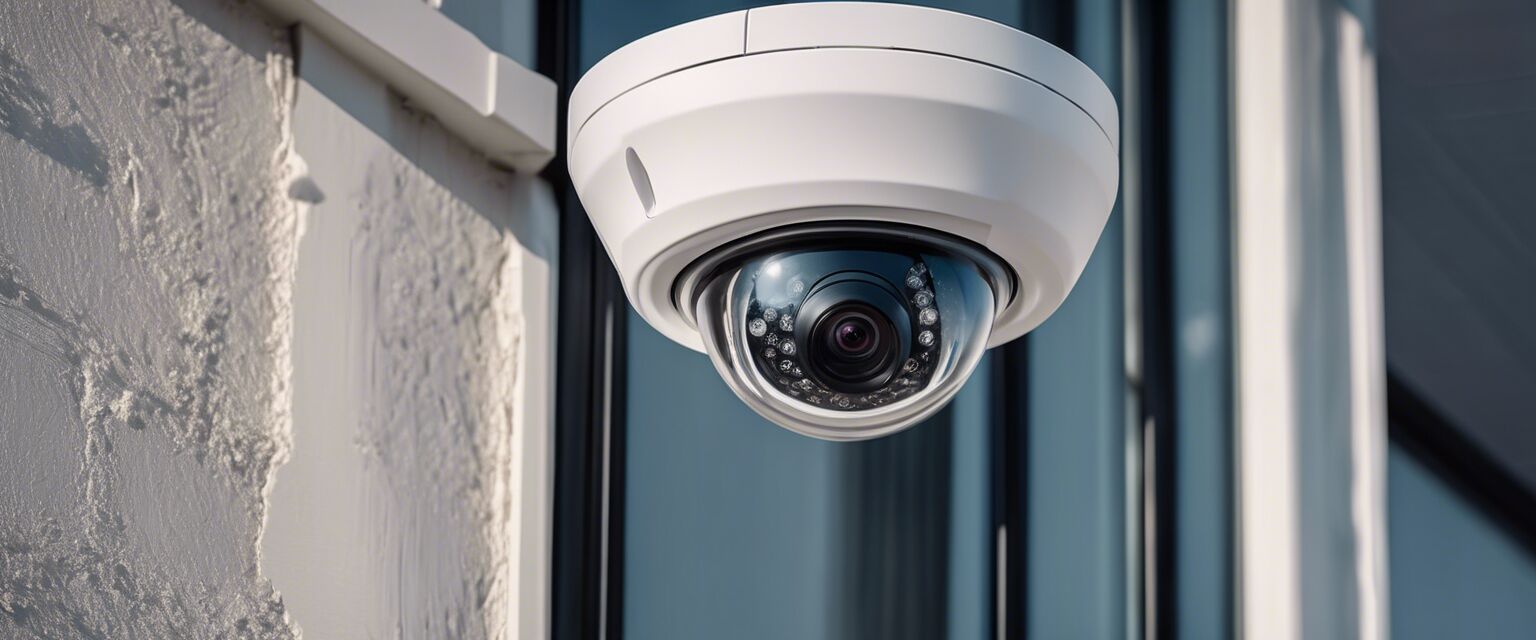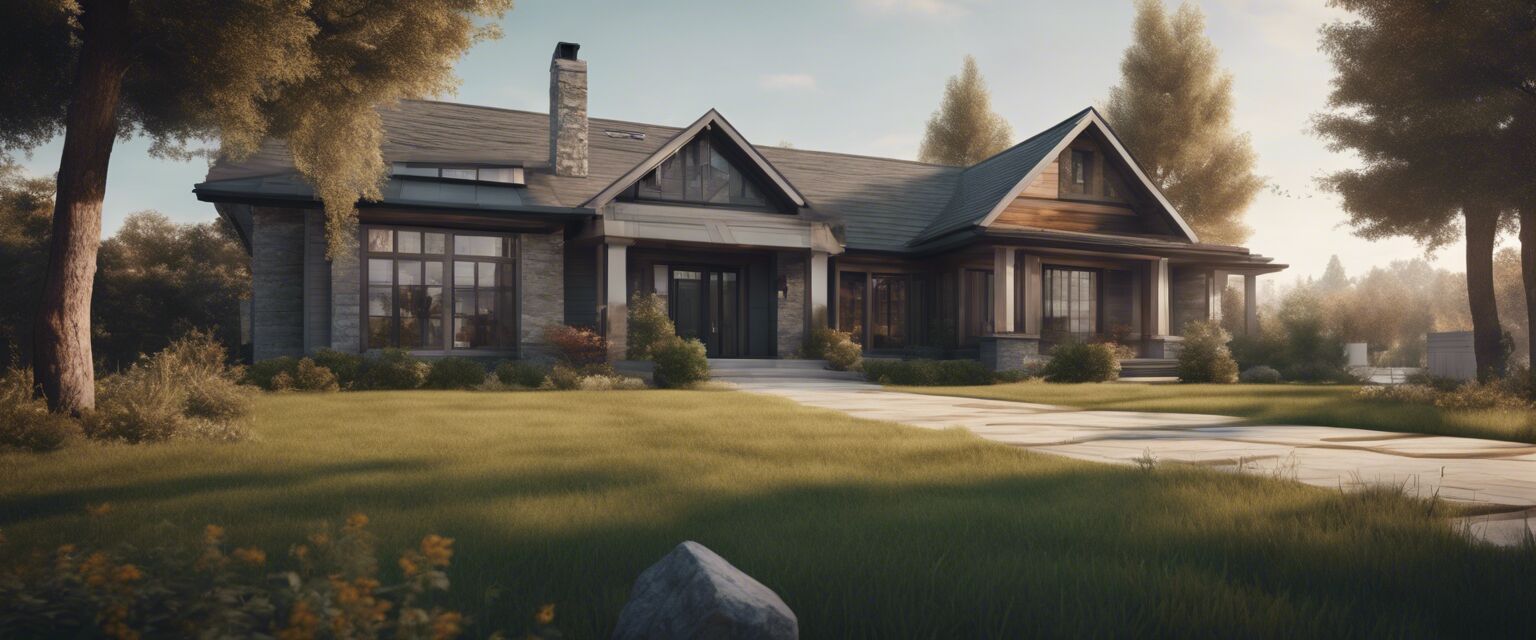
Key Takeaways
- DIY home security systems can save money and provide tailored solutions.
- CCTV dome cameras are effective in monitoring both indoor and outdoor areas.
- Setting up a secure system requires careful planning of camera placement and equipment.
- Home automation can enhance security, integrating lighting and alarms.
- Regular maintenance ensures optimum performance and reliability.
Key Takeaways
- DIY home security systems can save money and provide tailored solutions.
- CCTV dome cameras are effective in monitoring both indoor and outdoor areas.
- Setting up a secure system requires careful planning of camera placement and equipment.
- Home automation can enhance security, integrating lighting and alarms.
- Regular maintenance ensures optimum performance and reliability.
In today's world, ensuring the security of your home is more important than ever. With effective DIY home security systems, you can enjoy peace of mind without breaking the bank. This article will guide you through setting up your own system using CCTV dome cameras, providing the insights and tips you need for a safer home.
Why choose a DIY home security system?
DIY home security systems offer several advantages:
- Cost-effective: You save money on installation fees.
- Customizable: Tailor your system to meet your specific needs.
- Control: Full control over settings and modifications.
CCTV dome cameras: An essential component
CCTV dome cameras are widely used in both commercial and residential settings. Hereâs why they are an excellent choice for your DIY home security system:
Pros
- Discreet design that blends well with various environments.
- Wide-angle views for better coverage.
- Vandal-proof options available for outdoor placement.
Cons
- Requires proper placement for optimal performance.
- Installation can be complex for beginners.
Setting up your DIY home security system
1. Planning your system
Before you purchase your equipment, conduct a thorough assessment of your homeâs security needs:
- Identify high-risk areas such as entry points.
- Consider lighting conditions and accessibility.
- Determine the number of cameras needed based on coverage required.
2. Choosing the right equipment
Make a selection based on your needs and budget:
- Select your CCTV dome cameras. Consider features like night vision and resolution.
- Invest in a quality DVR/NVR for recording video footage.
- Choose appropriate cables and connectors.
- Consider additional accessories like motion sensors and alarms.
3. Installation tips
Installation of your cameras can seem daunting, but with a few tips, you can manage it effectively:
- Start with a detailed installation manual for your equipment.
- Test camera positions before permanent installation.
- Ensure good Wi-Fi coverage if using wireless systems.

4. Integrating home automation
Enhancing your system through home automation can lead to better security. Consider:
- Automated outdoor lighting that activates when motion is detected.
- Smart alarms that send alerts to your phone.
- Video doorbells to monitor visitors effectively.
5. Regular maintenance
To ensure your system continues to function efficiently:
- Regularly check camera lenses for dirt or obstructions.
- Test all components regularly, including alarms and sensors.
- Update software and firmware as required for security patches.
Final thoughts
Creating a DIY home security system can be a rewarding experience. By following the steps outlined above, you can secure your home effectively using CCTV dome cameras. Whether you want to increase safety for your family or protect your property, a little effort can go a long way.
Additional resources
For more information on enhancing your home's security, check out the following links:
- Explore CCTV Dome Cameras
- Consider Home Alarm Systems
- Learn about Home Automation Systems
- Check out Outdoor Lighting Solutions
- Find Smart Door Locks


Conclusion
Ultimately, the choice to enhance your homeâs security through a DIY system is beneficial. Using CCTV dome cameras and other complementary tools can provide not just a layer of security, but also peace of mind. Remember, a well-planned installation and regular maintenance will keep your system functioning optimally for years to come.
